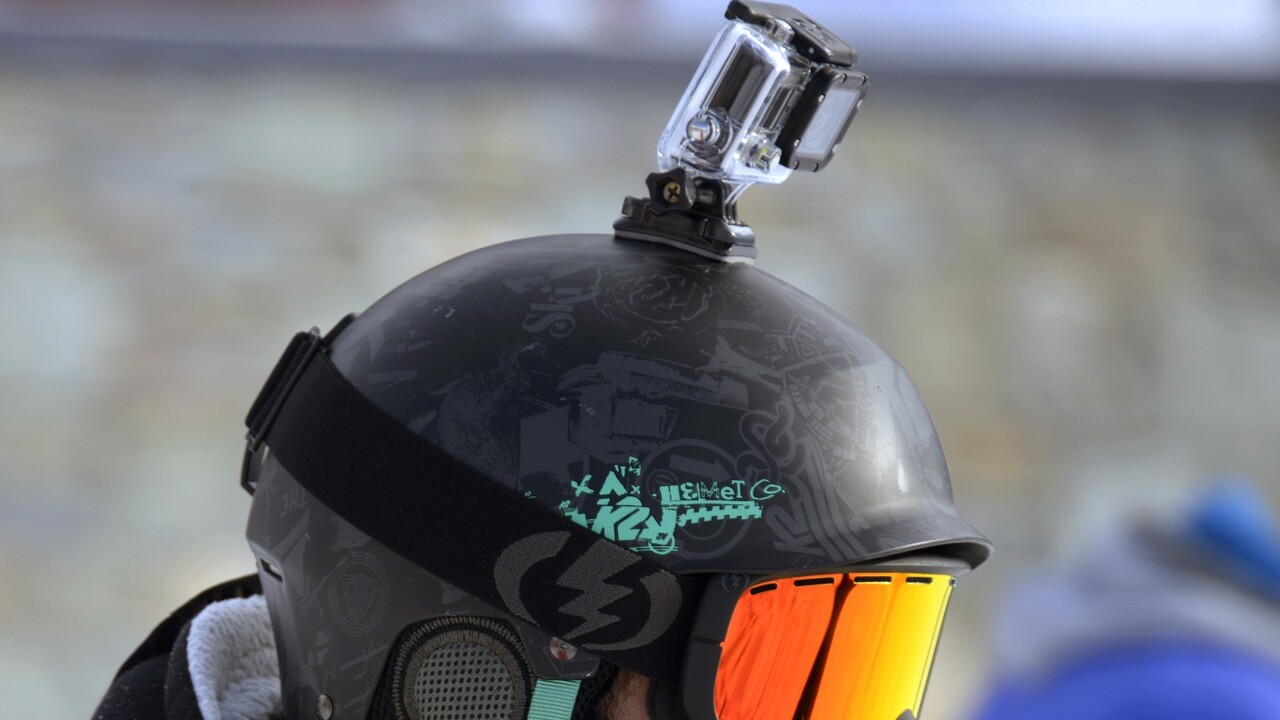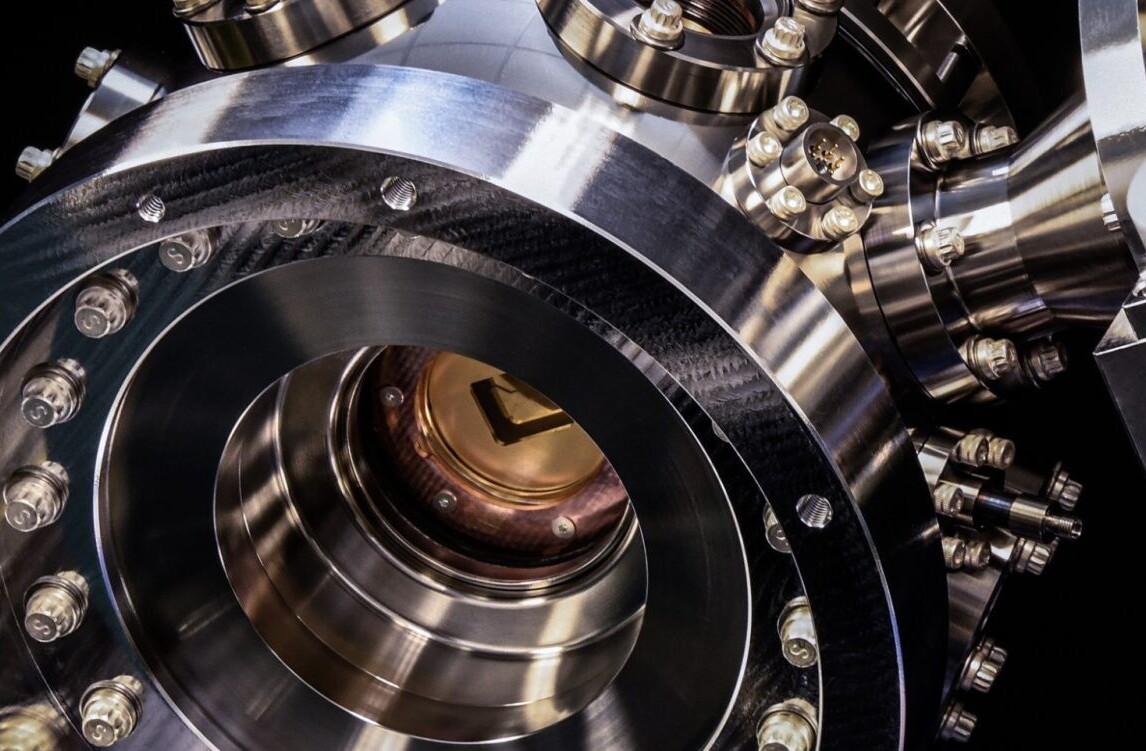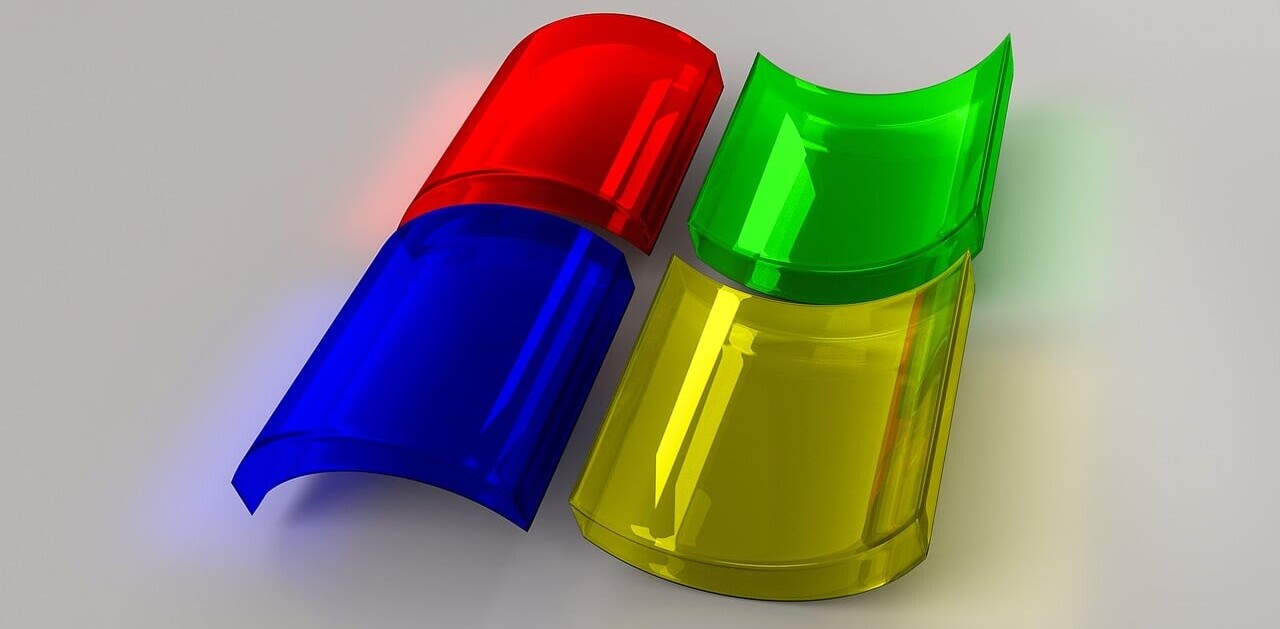
Last week, it was reconstructing sound using tiny vibrations on objects — this week’s science wow comes from Microsoft Research, which showed off a technology that turns shaky first-person video into beautifully smooth timelapse footage.
The growth of wearable video cameras — from Google Glass to GoPro and more — has led to a boom in first-person videos, most of which are overly long and uneventful. When you speed them up into to timelapse video, however, they can become more palatable and entertaining, but a person’s movement means the footage is rarely steady. That problem is exacerbated when videos are accelerated.
Until now, perhaps. Microsoft Research has shown off the silky smooth footage that its ‘first-person hyperlapse’ technology can create.
Researchers Johannes Kopf, Michael Cohen and Richard Szeliski explain the science, which essentially reconstructs the video using a 3D camera path that takes a smoother route than the original footage. The technology renders each frame from the new viewpoint, before stitching and blending the new video together.
Fixing GoPro or Google Glass videos may sound like a first world problem, but the technology promises to make wearable camera footage useful, which could have a huge impact on any number of industries and areas of life.
The researchers are working to pack all this goodness into a Windows app, but they give no timeframe for when it will be released.
Related: This is what happens when you duct tape a GoPro camera to your car’s tire
Headline image via Philippe Desmazes / AFP / Getty Images
Get the TNW newsletter
Get the most important tech news in your inbox each week.





